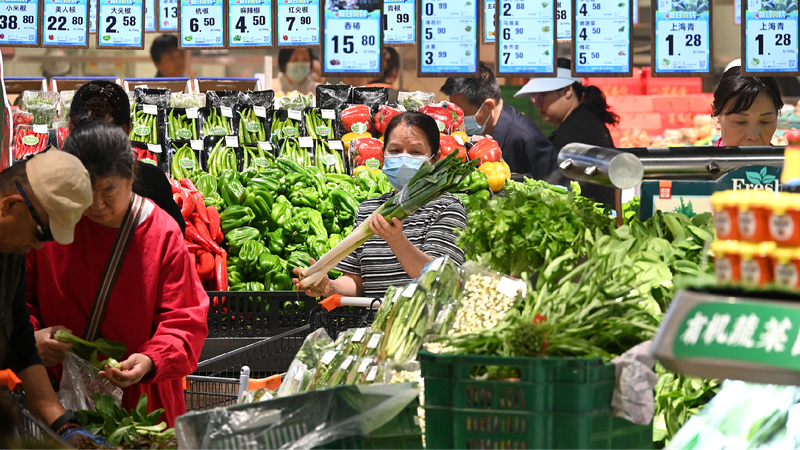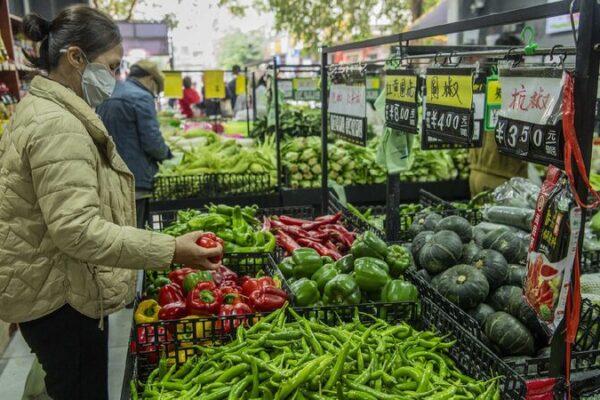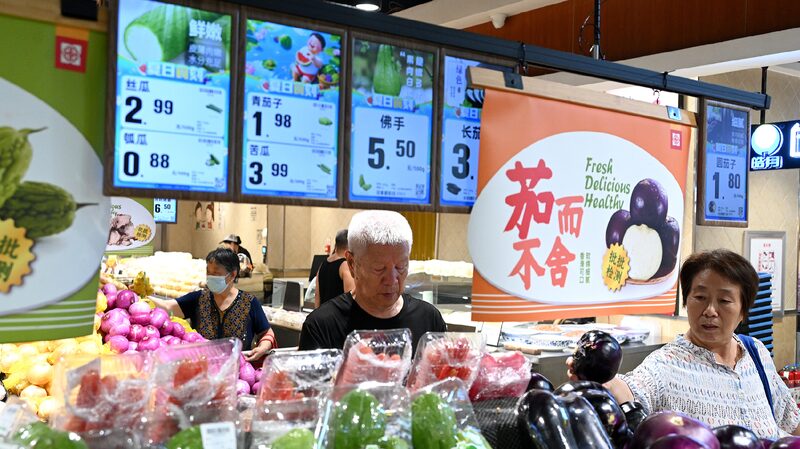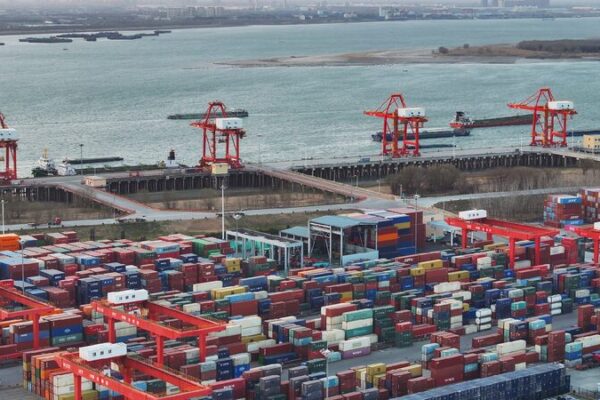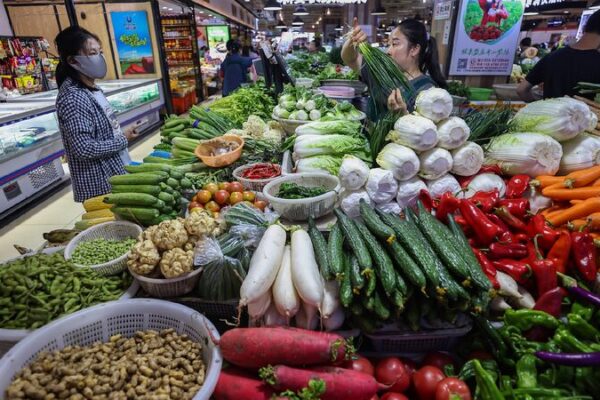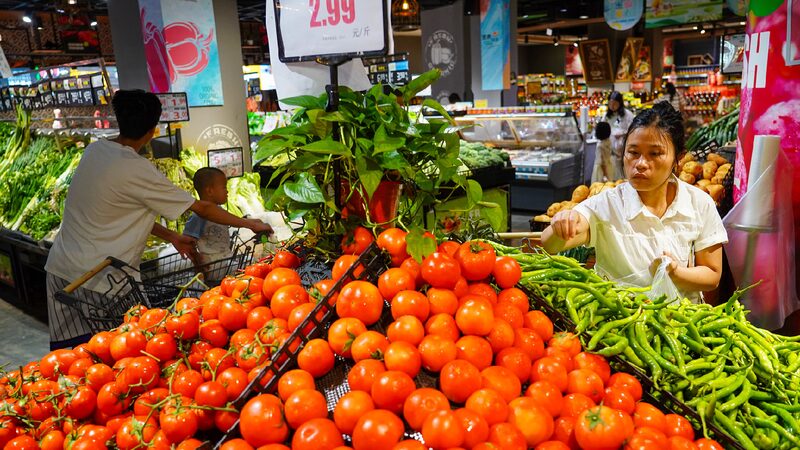China’s consumer and producer prices slipped in February, and here’s what’s behind the numbers.
The consumer price index (CPI), which tracks the cost of everyday goods and services, fell by 0.7 percent compared to the same month last year, according to data from the National Bureau of Statistics (NBS). Meanwhile, the producer price index (PPI), measuring the prices factories charge wholesalers, dropped by 2.2 percent year-on-year.
So, what’s causing these declines? NBS statistician Dong Lijuan pointed to the timing of the Spring Festival, also known as the Lunar New Year. Last year, the holiday fell entirely in February, leading to higher prices for food and services due to increased demand. This year, however, the festival occurred across January and February, resulting in a higher base for comparison and making this February’s prices appear lower in contrast.
Favorable weather also played a role. Mild conditions in February boosted the growth and transport of fresh vegetables, helping to keep food prices stable. Additionally, car manufacturers rolled out price promotions. Prices for fuel vehicles dropped by 5.0 percent, and new energy vehicles saw a 6.0 percent decrease, which together contributed to a 0.16 percentage point dip in the CPI.
On the industrial side, the PPI decline was influenced by several factors. The seasonal slowdown in production around the Spring Festival meant less demand for building materials, as construction projects often pause during the holiday. Stable coal supplies ensured ample reserves at power plants and ports, keeping energy prices steady. Fluctuations in international oil prices also led to lower costs in domestic petroleum-related industries.
Despite these declines, experts believe that the overall trend of moderate price recovery in China remains unchanged. As macroeconomic policies gradually take effect and production demand rises in certain sectors, the impact on prices is expected to balance out in the coming months.
Reference(s):
cgtn.com

